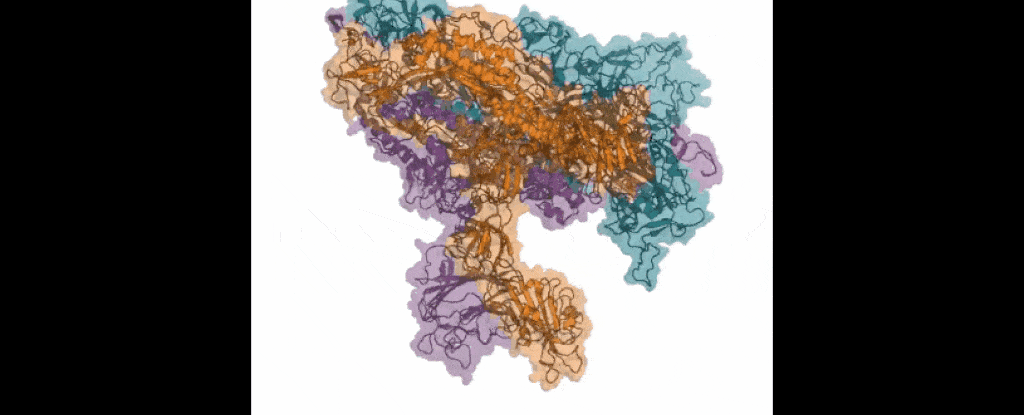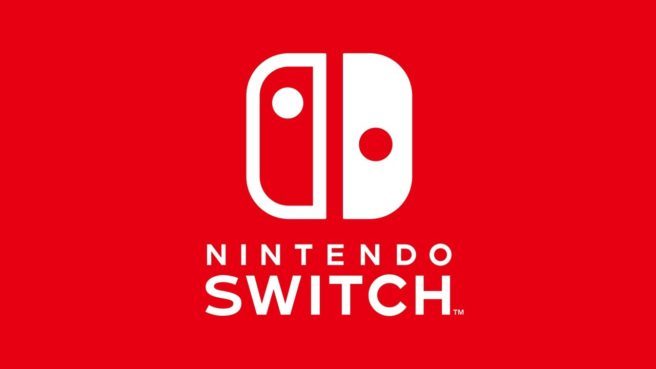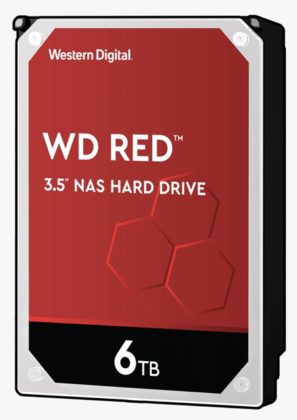Whats the best and worse Mini Consoles on the market?
Month: April 2020
People Running Folding @ Home Accidentally Created The World’s Biggest Supercomputer
You may have heard of Folding @ home, the number-crunching app you can run on your computer to help researchers tackle certain medical problems, including the new coronavirus. In the past month, the network of volunteers who’ve installed it has become so vast, the platform is outperforming the most powerful supercomputers in the world.
According to the Folding @ home director, biochemist Greg Bowman, some 700,000 new Folding@home operators have joined up in recent weeks. That’s a huge increase over the 30,000 people who are typically running Folding @ home at any one time.

Ryzen 5 3600 vs. i7 9700K | How Big is the Difference?
AMD RYZEN 5 3600 (4.3 GHz OC)
intel core i7-9700K (4.9 GHz OC)
16GB DDR4 (2×8) 3400Mhz CL16
Nvidia Geforce RTX 2080 Ti
Games: 1080p / Ultra
Nintendo M82 Repair
The Nintendo M82 was a store demo unit that is now a rare collectible. In this video I repair one for a client and also fix a limitation in the design I discovered along the way. Enjoy!
Doom Eternal Has Already Been Completely Broken
Doom eternal has only been out for a few weeks, but speedrunners have already distmantled it beyond recognition. Today I will cover the most game breaking explot called ‘slope boosting’. I’ll cover more mechanics in upcoming videos.
Is the TurboGrafx-16 Mini worth it? – Retail Reviews
This week Ryan shows Mike the TurboGrafx-16 Mini. They go over what’s good about the console and how the system’s library could be better. The TurboGrafx-16 Mini, known as the PC Engine Mini in Japan and PC Engine CoreGrafx Mini in Europe, is a dedicated home video game console by Konami modeled on NEC’s TurboGrafx-16, which was designed by Hudson Soft. The Mini emulates the original console’s 16-bit hardware. The Japanese model contains 58 games total while the international models contain 57. We got a review copy from Konami and wanted to share our findings!
Switch firmware update version 10.0.0 seems to include preliminary support for a new hardware model
Nintendo issued a major update for Switch last night, upgrading the firmware to version 10.0.0. You can read about all of the new features here.
Aside from what Nintendo officially shared, version 10.0.0 also appears to make some notable additions behind the scenes. Dataminer Mike Heskin, after poking through the update, reports that Nintendo has added preliminary support for a new hardware model, which is known as “nx-abcd”. Heskin further states that “3 of the 5 new DRAM profiles are for this new hardware type and there’s evidence of a secondary display of sorts being added exclusively on this model.”

Is the PolyMega really the Ultimate All-In-One Retro Console ? | MVG
PolyMega All in One retro game console is here! As a part of the PolyMega beta test I received my unit last week. In this video we take a close look at the system. Is it really worth $299? How is the emulation? Does it really run Sega Saturn games? Lets find out!
Western Digital admits 2TB-6TB WD Red NAS drives use shingled magnetic recording
Some users are experiencing problems adding the latest WD Red NAS drives to RAID arrays and suspect it is because they are actually shingled magnetic recording drives submarined into the channel.
Alan Brown, a network manager at UCL Mullard Space Science Laboratory, the UK’s largest university-based space research group, told us about his problems adding a new WD Red NAS drive to a RAID array at his home. Although it was sold as a RAID drive, the device “keep[s] getting kicked out of RAID arrays due to errors during resilvering,” he said.

New SNES Case For The RaspberryPi 4 – Is it Worth Buying?
In this video, we take a look at the Vilros SNES Case Raspberry Pi 4! Its defiantly no RetroFlag Case but this is all I could find at the time of making this video. Coming in at $14.99 with an included fan is it worth buying? Let’s find out.
